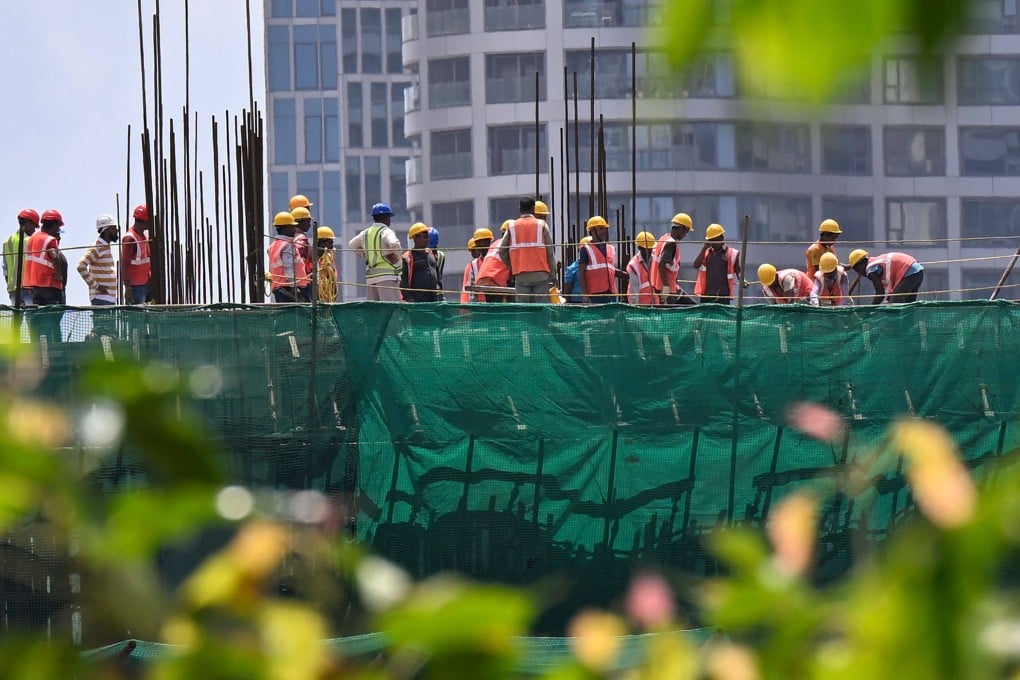The View | India’s trend-defying property market is a sight to behold
- A growing middle class, the right government support and a favourable external environment have given the property sector wings to escape the headwinds buffeting markets elsewhere
- The Indian economy’s exceptional performance and potential is driving sentiment all across the sector, from residential to office and retail

First, the expansion of the middle class is setting the stage for a discretionary consumption boom. According to Morgan Stanley, the number of households earning in excess of US$35,000 a year is likely to rise fivefold between 2021 and 2031, with consumption driven by the “AAA” opportunity of age, aspiration and access. This makes India “the best domestic demand” story in Asia, Morgan Stanley says.
Fourth, India is taking advantage of the geopolitical reshaping of supply chains as multinational companies seek to increase their resilience to future shocks. Asia’s third-largest economy is more open than China’s, with fewer curbs on foreign direct investment, particularly in the technology sector, “which means [multinationals] are able to participate more actively in India’s growth story”, Morgan Stanley notes.
